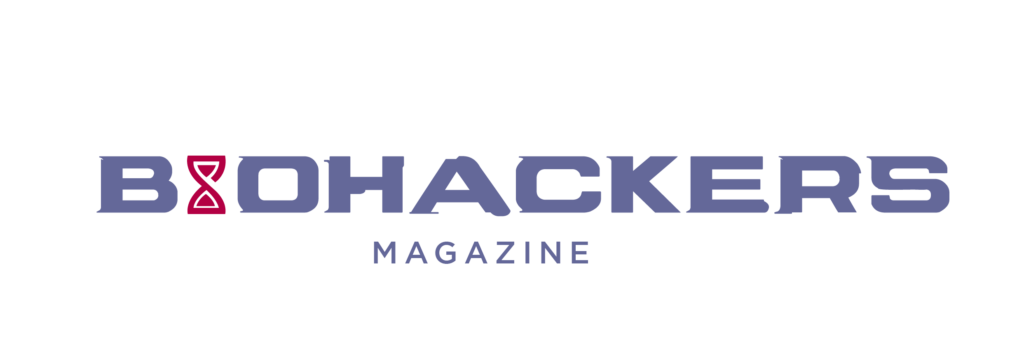In the realm of fitness, various strategies promise to amplify muscle gains. Among these, occlusion training has surged in popularity due to its potential benefits. Let’s delve deeper into this technique and explore the scientific principles behind it.
A Closer Look at Occlusion Training
If you’re not familiar with the term, occlusion training might sound puzzling. Essentially, it involves briefly restricting blood flow during workouts. By using specialized cuffs or tourniquets, blood circulation to targeted muscles is limited, potentially leading to greater muscle growth.
Origins and Evolution
Occlusion training’s roots trace back to a discovery made by Dr. Yoshiaki Sato in 1966. During a prolonged Japanese ceremony, Sato experienced numbness in his legs due to restricted blood flow. This inspired his journey to explore the concept further.
The Mechanism Behind the Magic
The efficacy of occlusion training hinges on lactate accumulation. By impeding blood flow back to the heart, lactate builds up in muscles, simulating the effects of intense workouts during low-intensity sessions.
Supportive Evidence
Scientific research has delved into occlusion training’s effects, yielding promising results. Studies utilizing cuffs or tourniquets to restrict blood flow have demonstrated notable outcomes. Approximately 78% of these studies reported increased strength after restriction training, with nearly 50% observing significant muscle growth.
Addressing Safety Concerns
As with any novel approach, safety is paramount. While conclusive evidence linking occlusion training to blood clot formation is lacking, prudence is essential.
Mitigating Risks
Proper cuff placement is crucial to prevent nerve damage. Focusing on upper arms and thighs can help avoid complications. Additionally, understanding optimal blood flow restriction pressures plays a crucial role in minimizing risks.
Occlusion Training Beyond Fitness
Remarkably, the benefits of occlusion training extend beyond fitness. The technique is gaining recognition in physical therapy, aiding post-surgery recovery. Studies underscore its effectiveness, particularly in cases of knee surgery.
Embarking on Your Journey
For those intrigued by occlusion training, consider these steps:
-
Warm-Up Effectively: Begin with a suitable warm-up, incorporating light cardio and a set of reps with the intended weight after blood flow restriction.
-
Control Blood Flow: Utilize specialized equipment such as compression bands or cuffs to restrict blood flow to the target limb. Place cuffs below the armpit or at the top of the thigh for upper and lower body exercises, respectively.
-
Choose Equipment Wisely: Opt for equipment that allows pressure monitoring and adjustment. Digital cuffs offer greater control over pressure levels.
-
Execute Your Routine: Engage in exercise sets with cuffs in place. Start with 30 reps at 20-30% of your one-rep maximum, followed by three sets of 15 reps. Allow 30 to 60 seconds of rest between sets.
Integrating Occlusion Training into Your Routine
Occlusion training seamlessly complements high-intensity resistance training (HIRT). If you’re following a HIRT routine three times a week, consider incorporating low-intensity resistance training (LIRT) with blood flow restriction on two additional days.
Unleash the Potential of Occlusion Training
As you strive for muscle gains, occlusion training offers a novel pathway. By mimicking high-intensity effects through controlled blood flow restriction, this technique holds promise for enhancing your fitness journey. So, if you’re seeking efficient gains and a new dimension to your workouts, occlusion training might just be the game-changer you’ve been seeking.
Unleash the Potential of Occlusion Training
As you strive for muscle gains, occlusion training offers a novel pathway. By mimicking high-intensity effects through controlled blood flow restriction, this technique holds promise for enhancing your fitness journey. So, if you’re seeking efficient gains and a new dimension to your workouts, occlusion training might just be the game-changer you’ve been seeking.

Subscribe For More Awesome Content
To receive the latest news and updates from the world of Biohacking.











